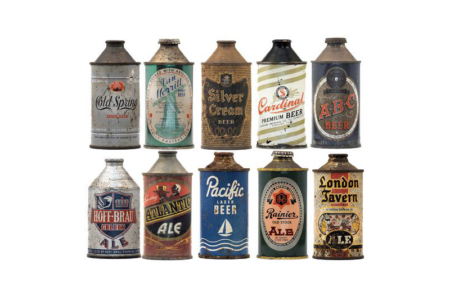Are food safety concerns leading to a demand for more impactful testing equipment?

By Frank Van Nederveen, sales engineer at Industrial Physics

The issue of food safety isn’t a new concept for can makers – the responsibility to ensure all cans are safe before reaching consumers has always been there. However, it would be fair to say that right now, there’s a more watchful eye than ever before on the canning industry.
The desire to reduce product recalls and recalls between can maker and their direct customer is at an all-time high – and many are demanding action. In Canada, the Canadian Food Inspection Agency is requiring 100 per cent of cans to undergo seam inspection within the fishing industry.
Could this change of legislation set the tone for the future of can inspection going forward? Now that the Canadian fishing industry has set a new standard, it’s likely that this could spill over into other geographies, and other industries that deal with canning. Could we see tighter standards becoming the norm in wider areas of canning – food, beverage, infant formula, aerosol. How will these industries be impacted?
Under Canada’s rule, every single fish can on the line has to be checked. And there’s zero doubt that this puts canneries in a position in which they are forced to change the way they deal with seam inspection.
At Industrial Physics, we’ve been producing our own version of these seam inspection instruments for decades – and five years ago, we added the in-line version. In-line vision inspection equipment checks for 100 per cent of cans in a non-destructive manner within the line and automatically rejects any defects.
Historically, in-line vision inspection hasn’t been an essential purchase for can makers. The mindset has often been that if you have equipment that quality checks cans in a traditional and manual manner, and your equipment complies with your local regulating body standards, then you’re good to go. For many, purchasing an additional in-line seam inspection instrument on top of this wasn’t a top priority.
But as we move forward, we sense this appetite for in-line seam inspection equipment could be set to change. If industry standards begin to tighten, then canneries will simply have to invest in the new instruments. But even without the force of regulating bodies, it could be that more and more manufacturers start to notice the benefit in this method of testing.
Thankfully, defective batches with leaking cans are a relatively unlikely occurrence for manufacturing bodies. But if something does slip through the net, the impact on a company is enormous. It’s not just the ever-dreaded consumer product re-calls that canneries need to worry about, it’s the unwanted hassle of clean up in sterilisers and pasteurisers, the cost of downtime caused, and the reputational damage it does to your business. And if organisations have experienced this before, they may want to do anything they can to avoid a repeat situation.
Going forward, with eagle eyes watching canneries and can makers across the world, perhaps more businesses will start to think about this before an incident occurs. We could start to see an increased investment in better technology that will allow businesses to rid themselves of significant risk.
This feature article is restricted to logged-in paid subscribers.
Login or subscribe now to view this exclusive content.



